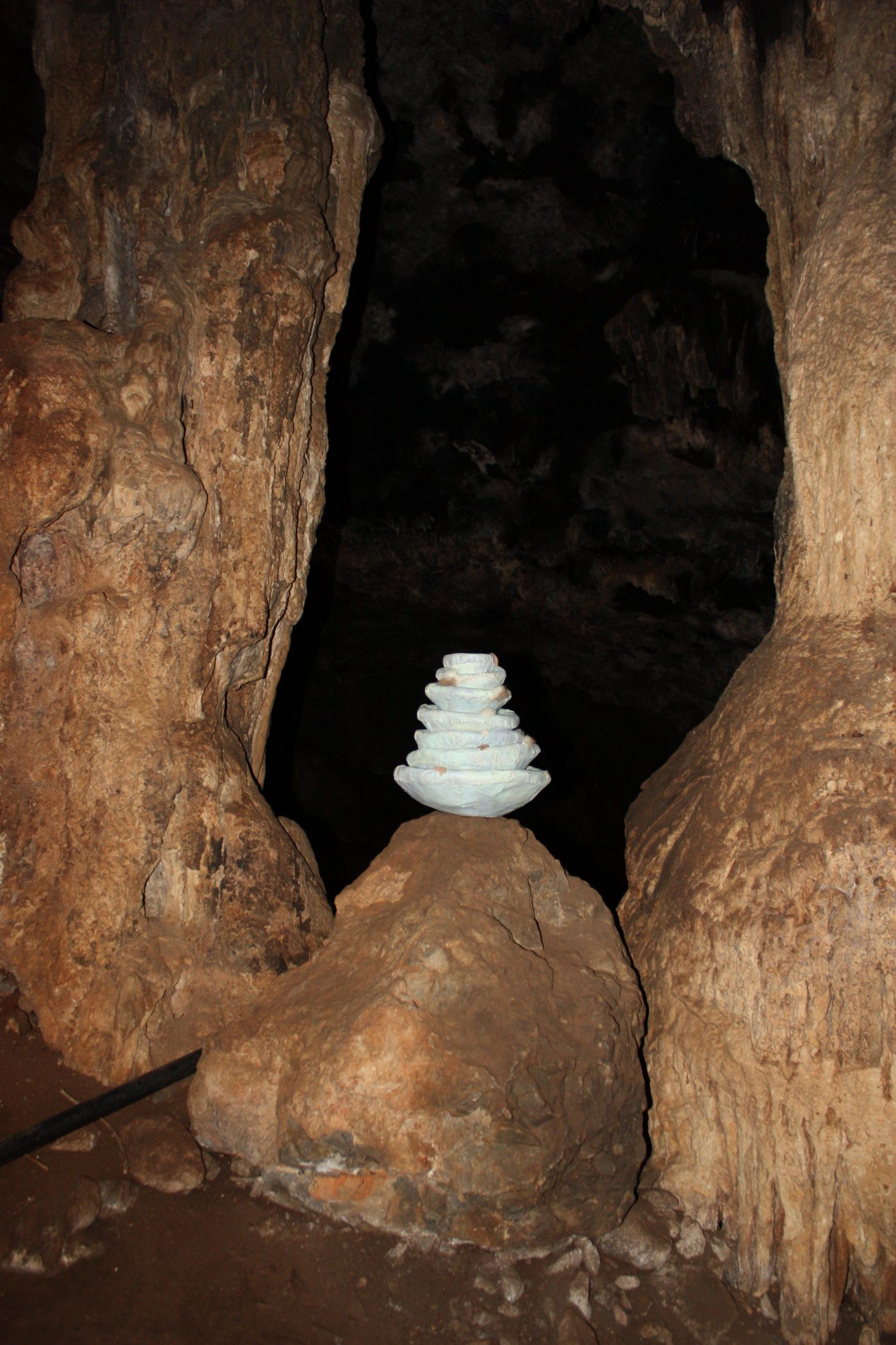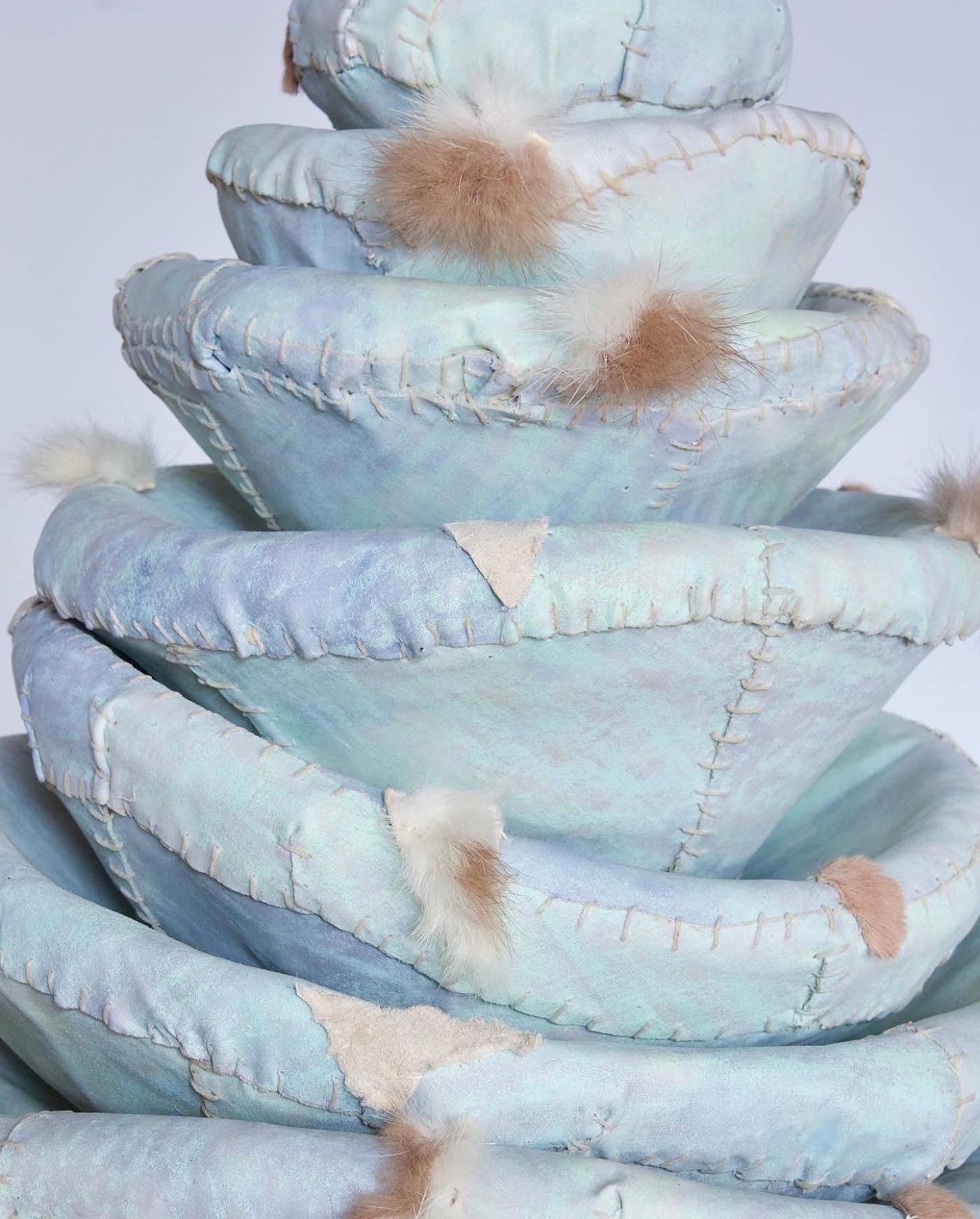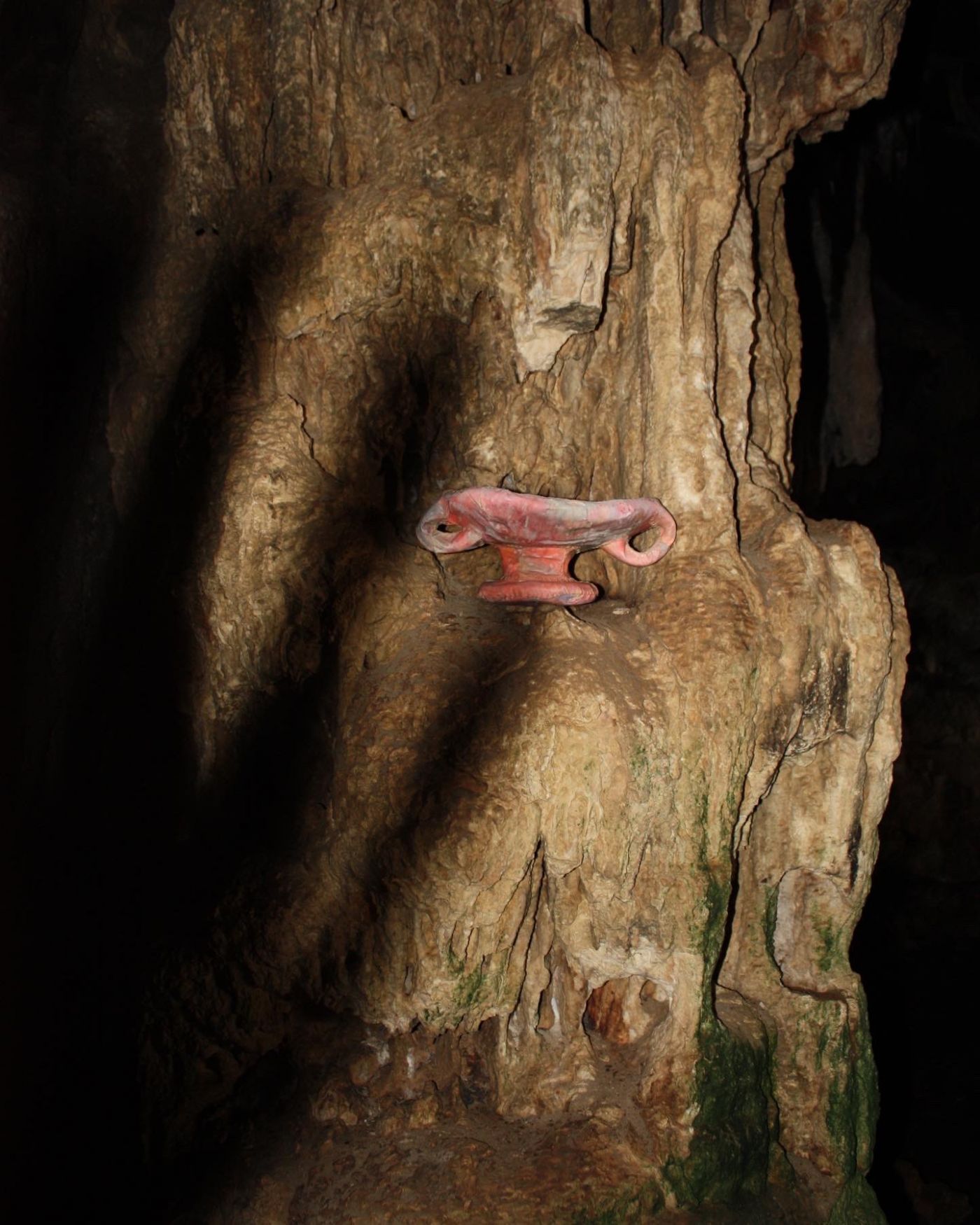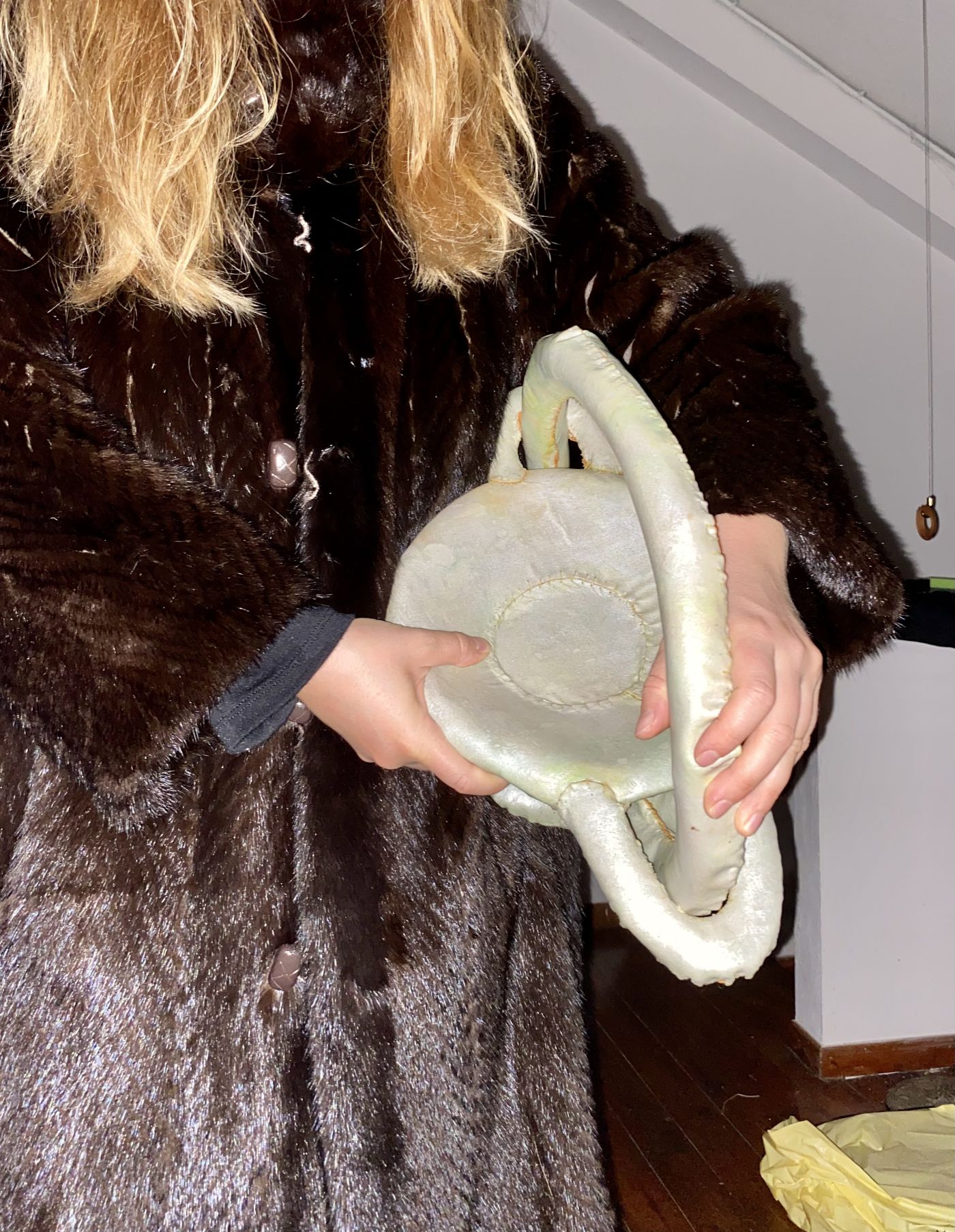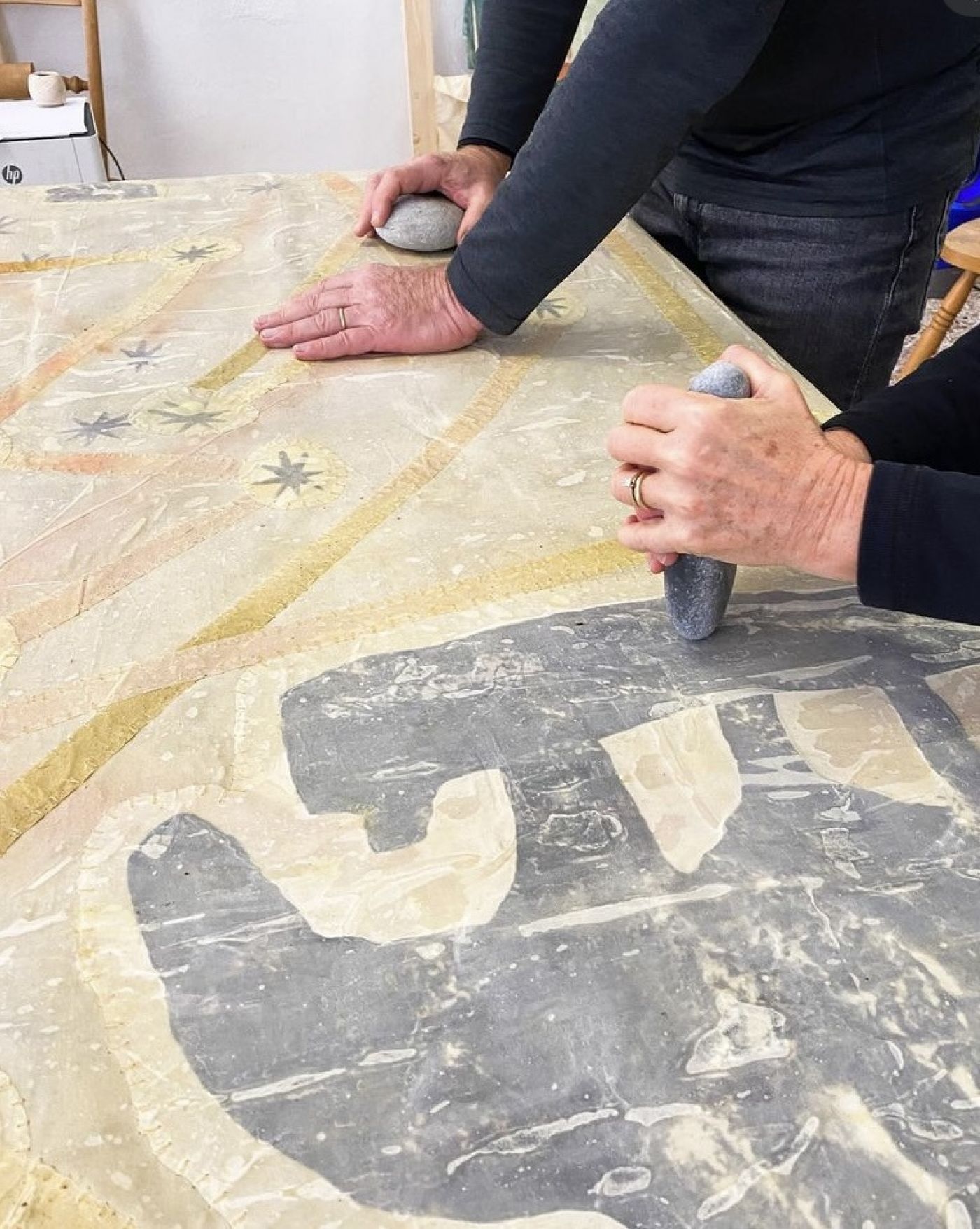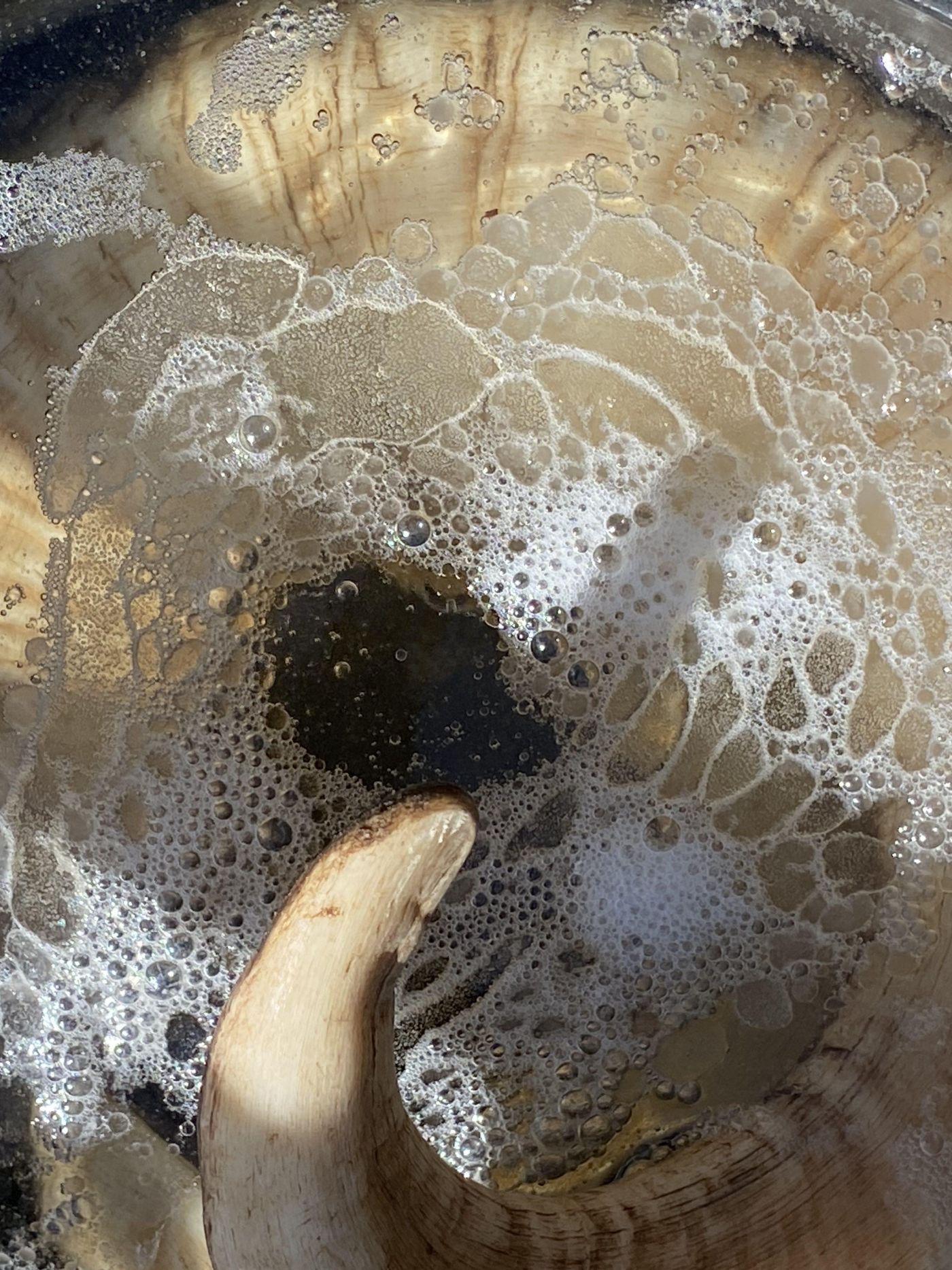Virginia Russolo
Liste Year
Year of Birth
Country of Birth
Presented by
2023
1995
Italy
CLC Gallery Venture
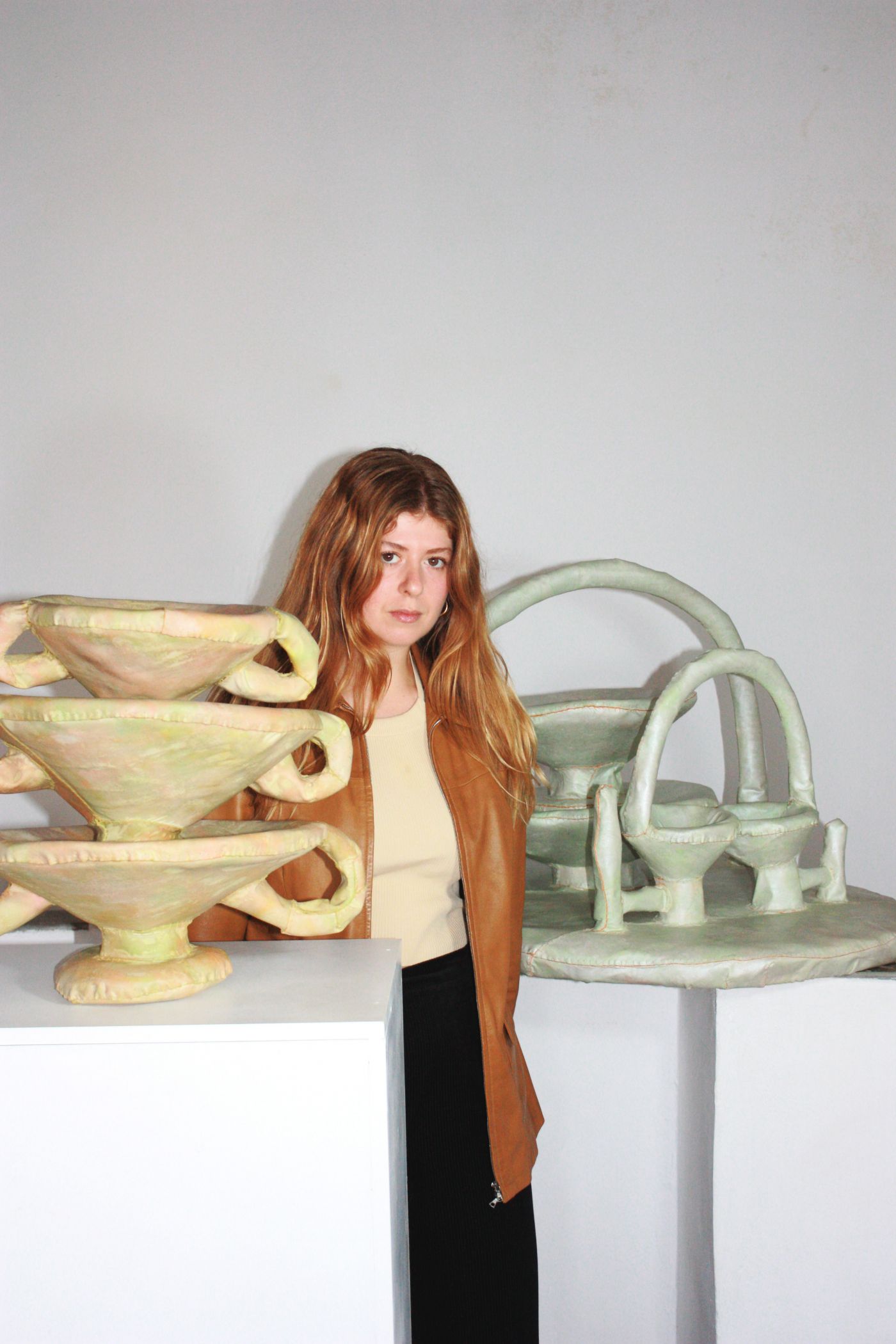
Virginia Russolo (Italy, 1995) received a Bachelor of Fine Arts from Ruskin School of Art, University of Oxford in 2017. She currently lives and works in Crete, Greece. Her work has been shown at such public venues and institutions as, Mediterranea 19 Young Artist Biennale (Republic of San Marino), Rupert (Lithuania), Fondazione Spinola Banna per l’Arte (Italy), Procida Capital of Culture (Italy), 7th Thessaloniki Biennale (Greece), Modern Art Oxford (UK), Tate Modern (UK) and the Pitt Rivers Museum of Anthropology and Ethnography (UK) amongst others.
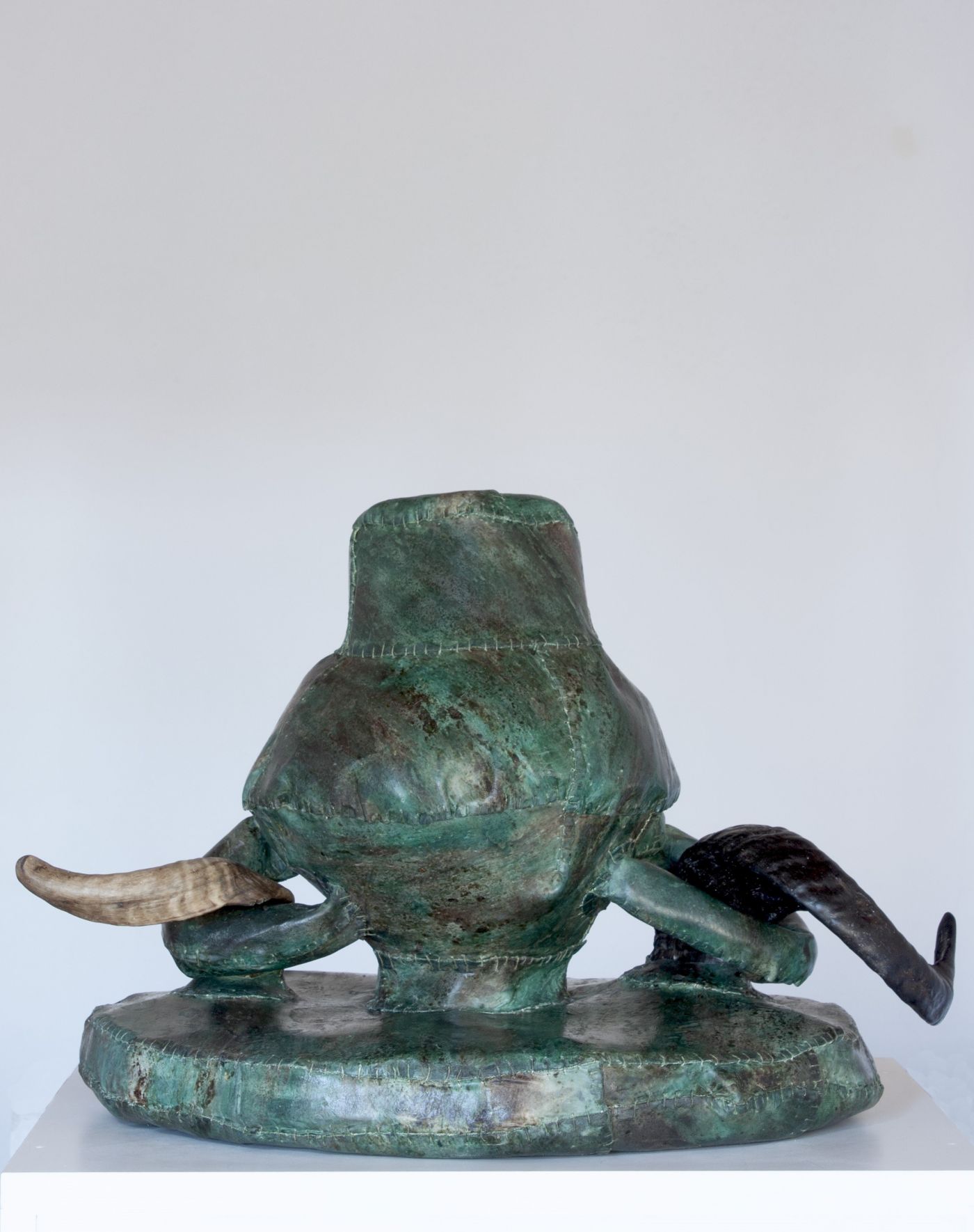
Virginia Russolo’s sculptures and paintings contemplate material intelligence. She chooses materials such as beeswax, wool wax, propolis, cotton, amber, sheep horns and second-hand animal fur, which elicit feelings of both attraction and repulsion. This tension is critical to her practice.
Virginia Russolo opts for, what anthropologist Tim Ingold calls, a ‘correspondence’ with materials. She speaks of materials such as beeswax as forms of intelligence to partner and closely engage with over a long period of time, an approach closer to that of an alchemist.
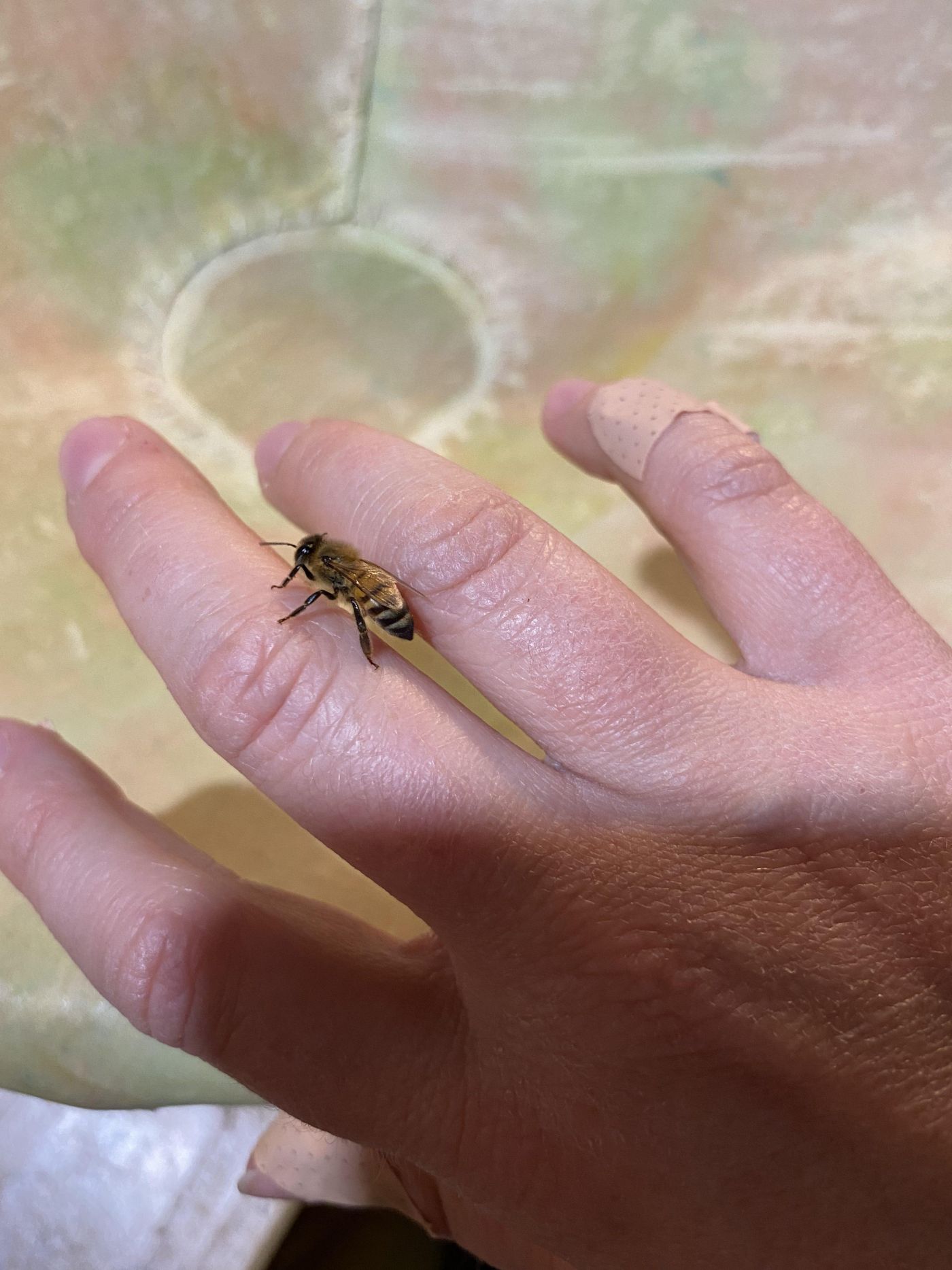
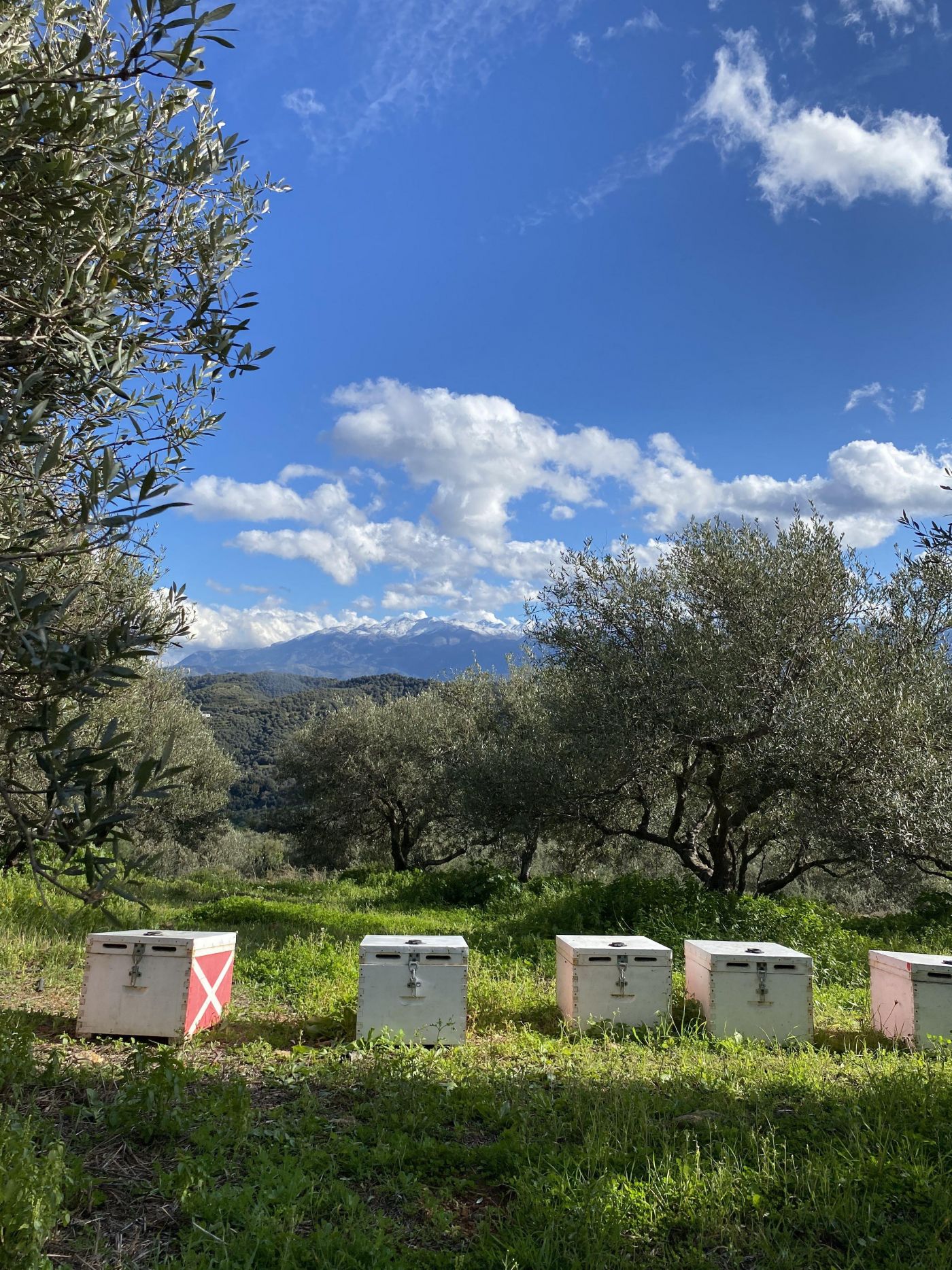
Virginia Russolo’s vessel-like sculptures are in conversation with pre-modern artefacts from the Mediterranean region, especially ceremonial vessels created for funerary and fertility rites. She perceives the cavity of the vessel as a site of beginnings and endings. In trying to peel back the layers of preconceptions projected onto the material world, Russolo is consequently interested in the mechanisms that regulate reality. Her investigation into the metaphysical focuses on a mode of production which sees objects having the power to change probabilities across the structure of reality.
Two questions lie at the foundation of Virginia Russolo’s research: how do ritually-charged objects work at the junction between the different dimensions of reality and how is communication with the sacred mediated through materials?
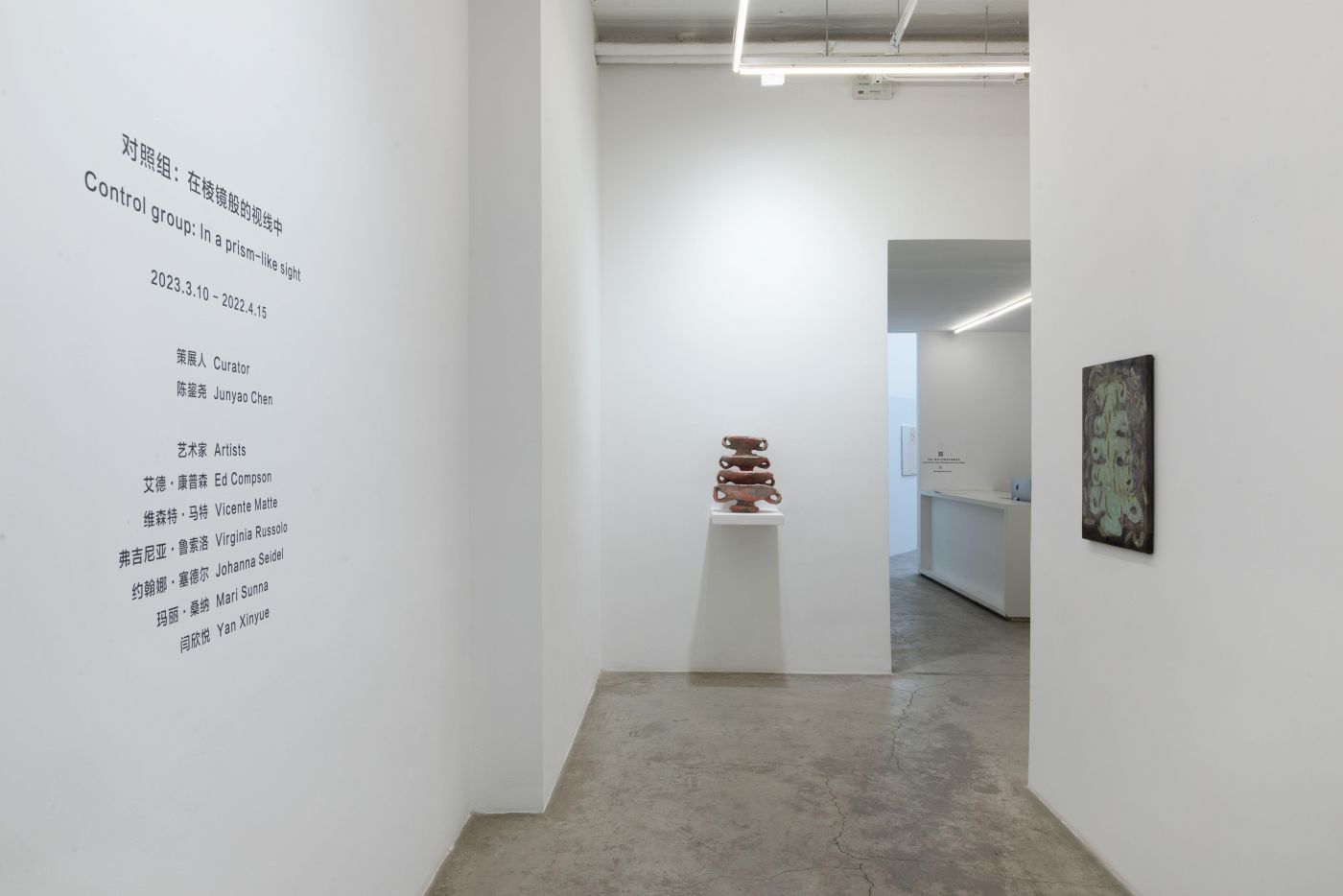
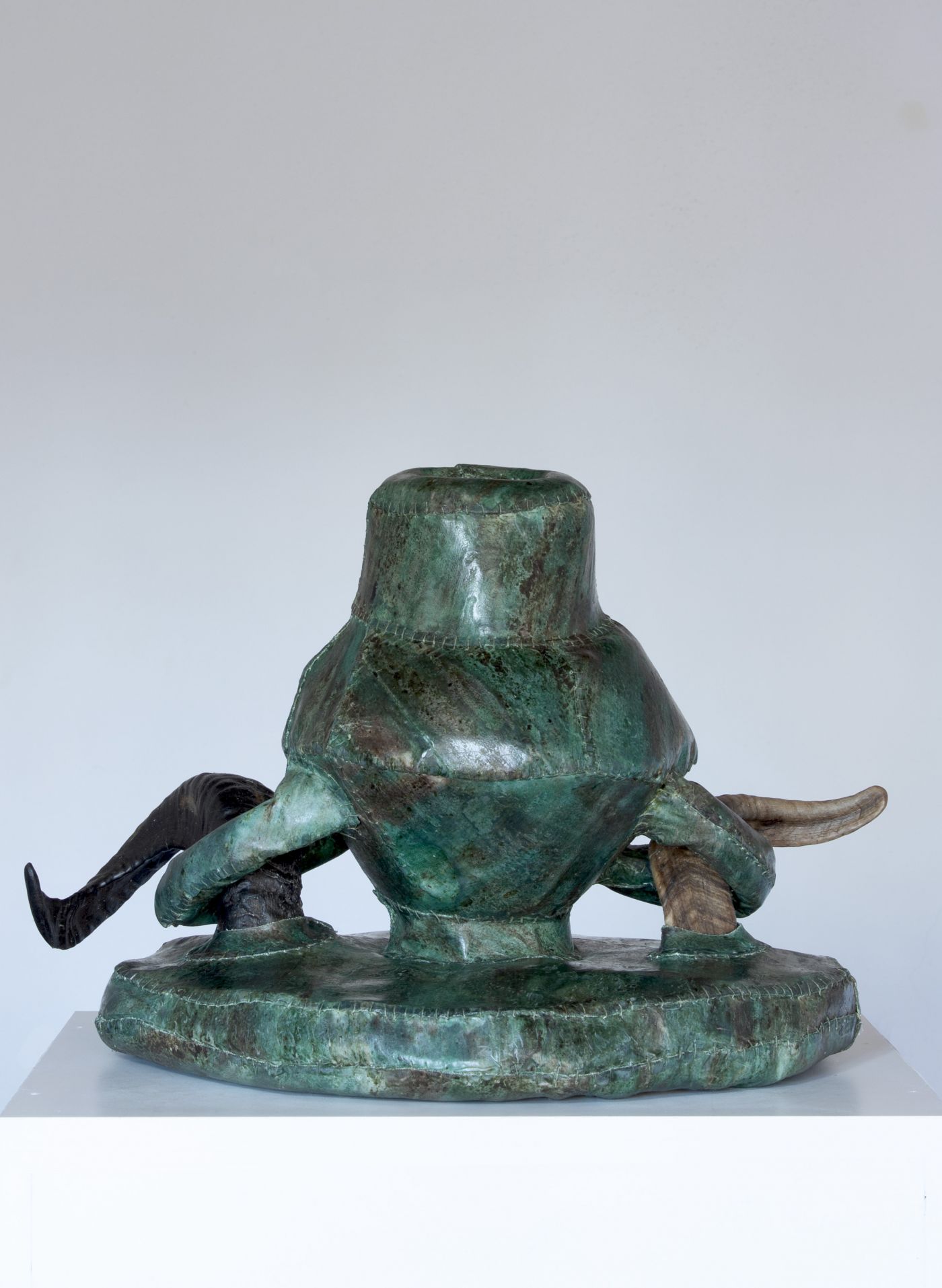
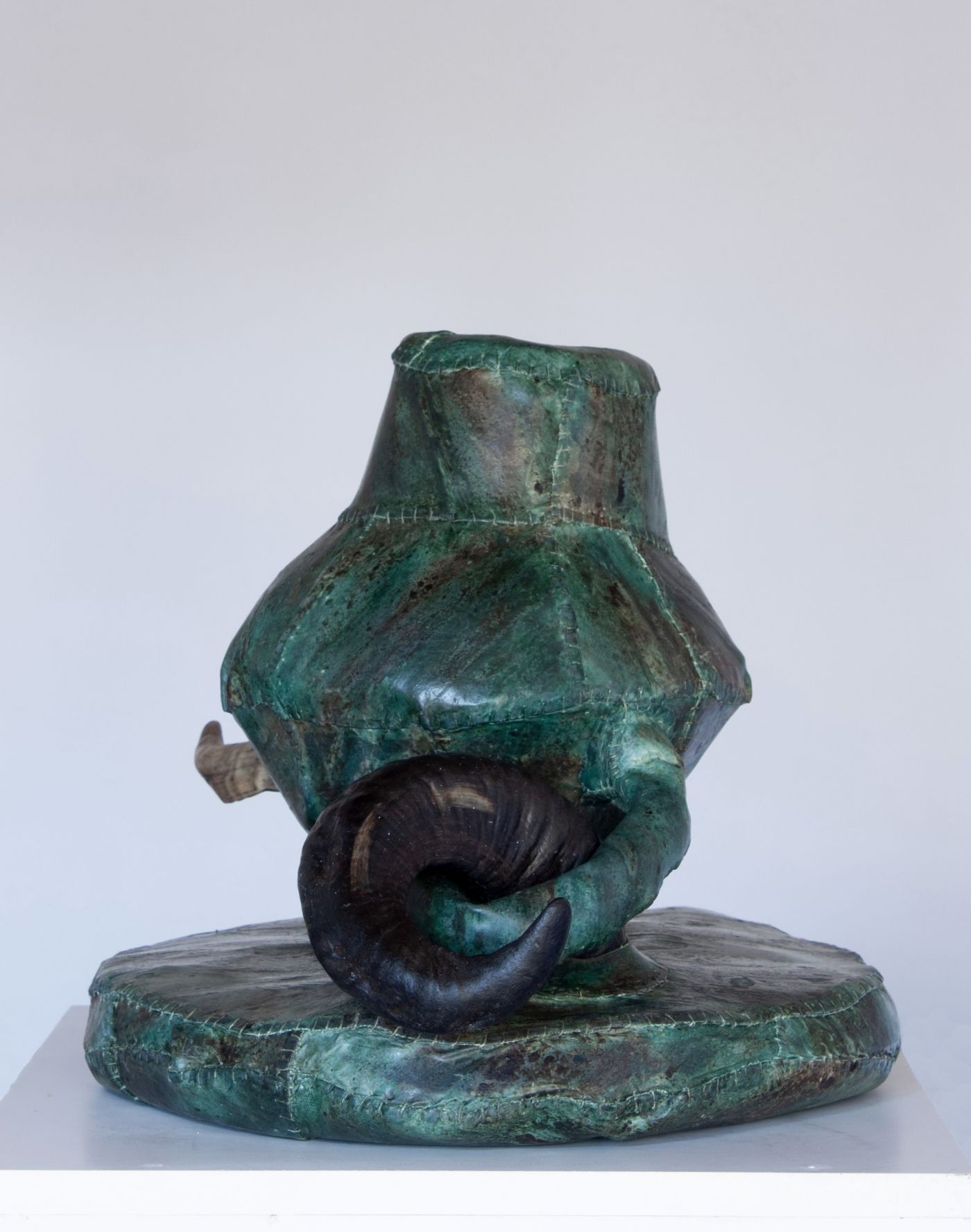
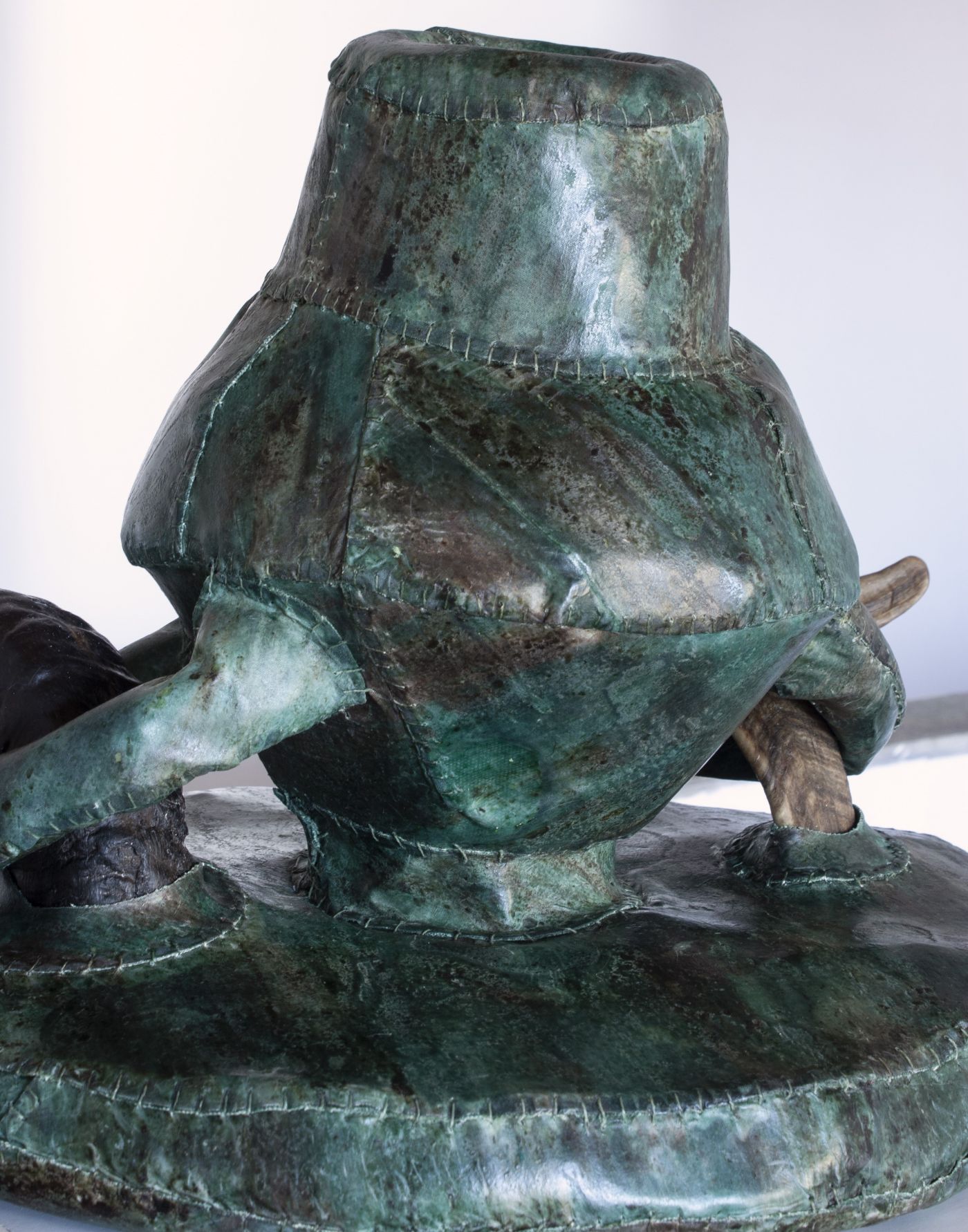
Coppa 4 is part of a body of work focusing on the vessel as a place of transformation. The archetype of the vessel is investigated through the myths of the sacred grail, the cauldron, the fountain of youth and alternative archeological narratives on the importance and symbolic implications of the vessel in prehistory.


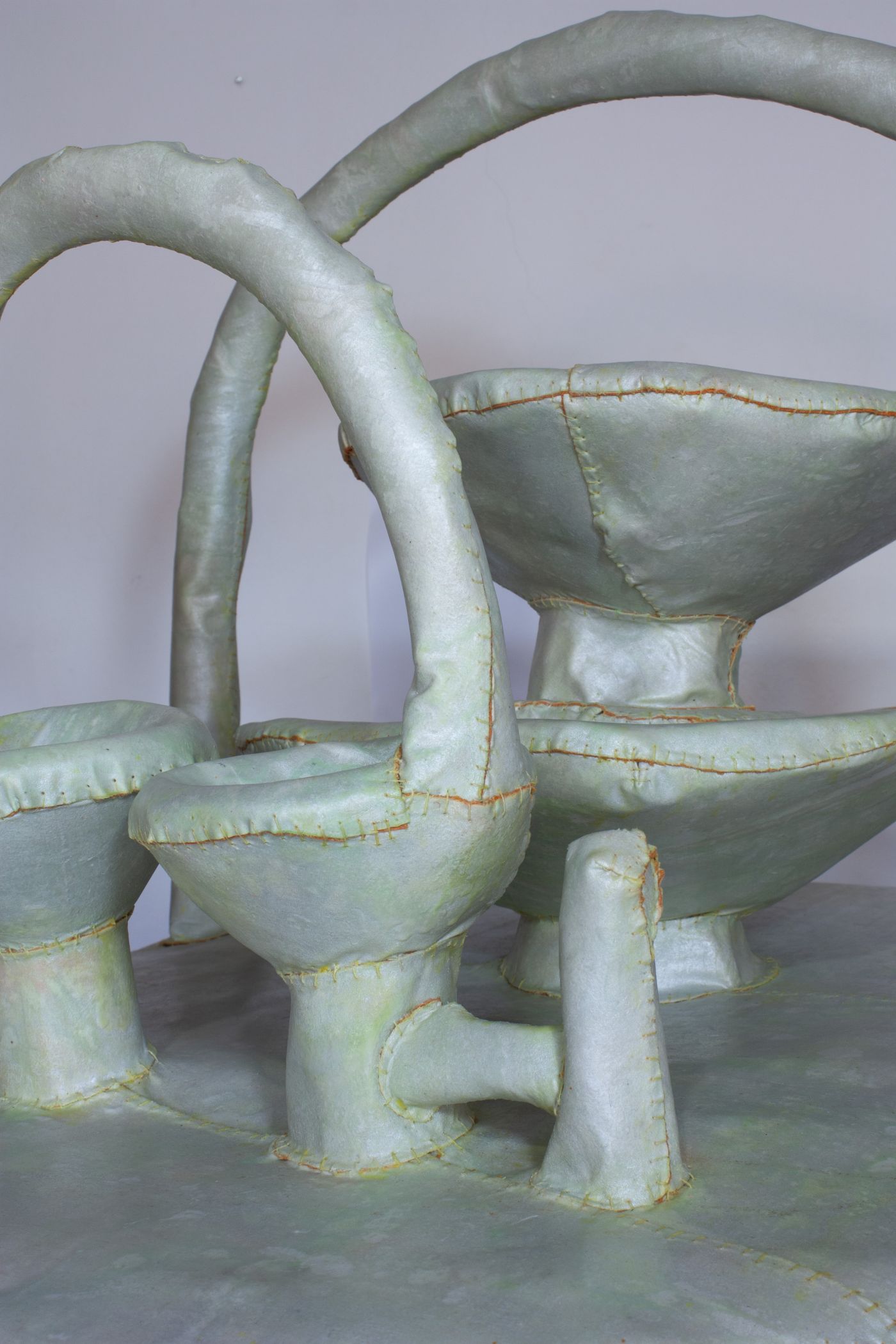
The title of the works, Axis Mundi, refers to the possibility of these objects to become "embodied junctions" of the Axis Mundi, acting as tools to breach the space between the different dimensions of reality. Beeswax, wool grease, propolis, second-hand animal fur and amber dust are some of the materials used for these works. Their use is centred around protecting the knowledge of the surface of the objects. These materials function as archives of information and can act as gateways into larger cycles of transformation of matter on earth.
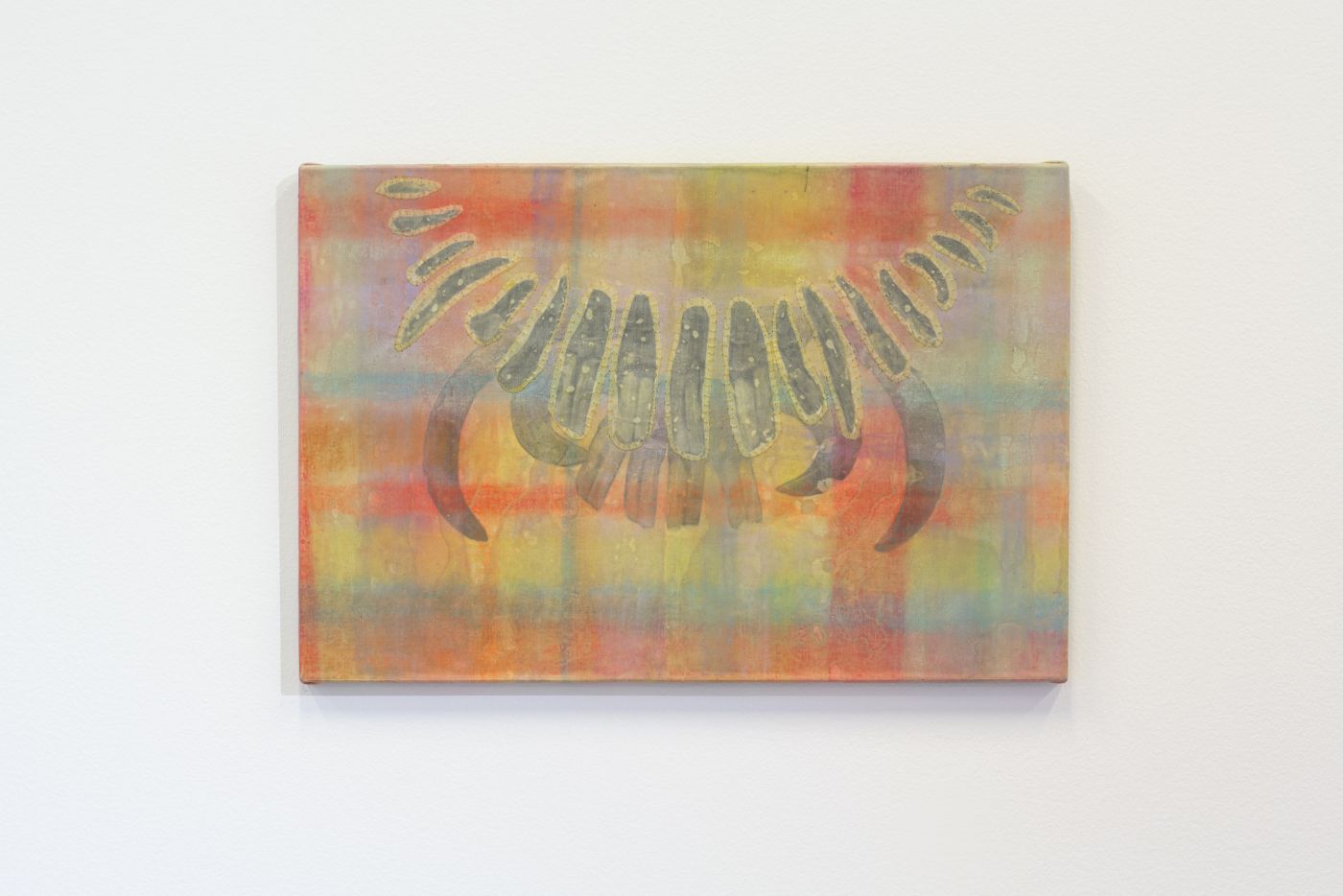
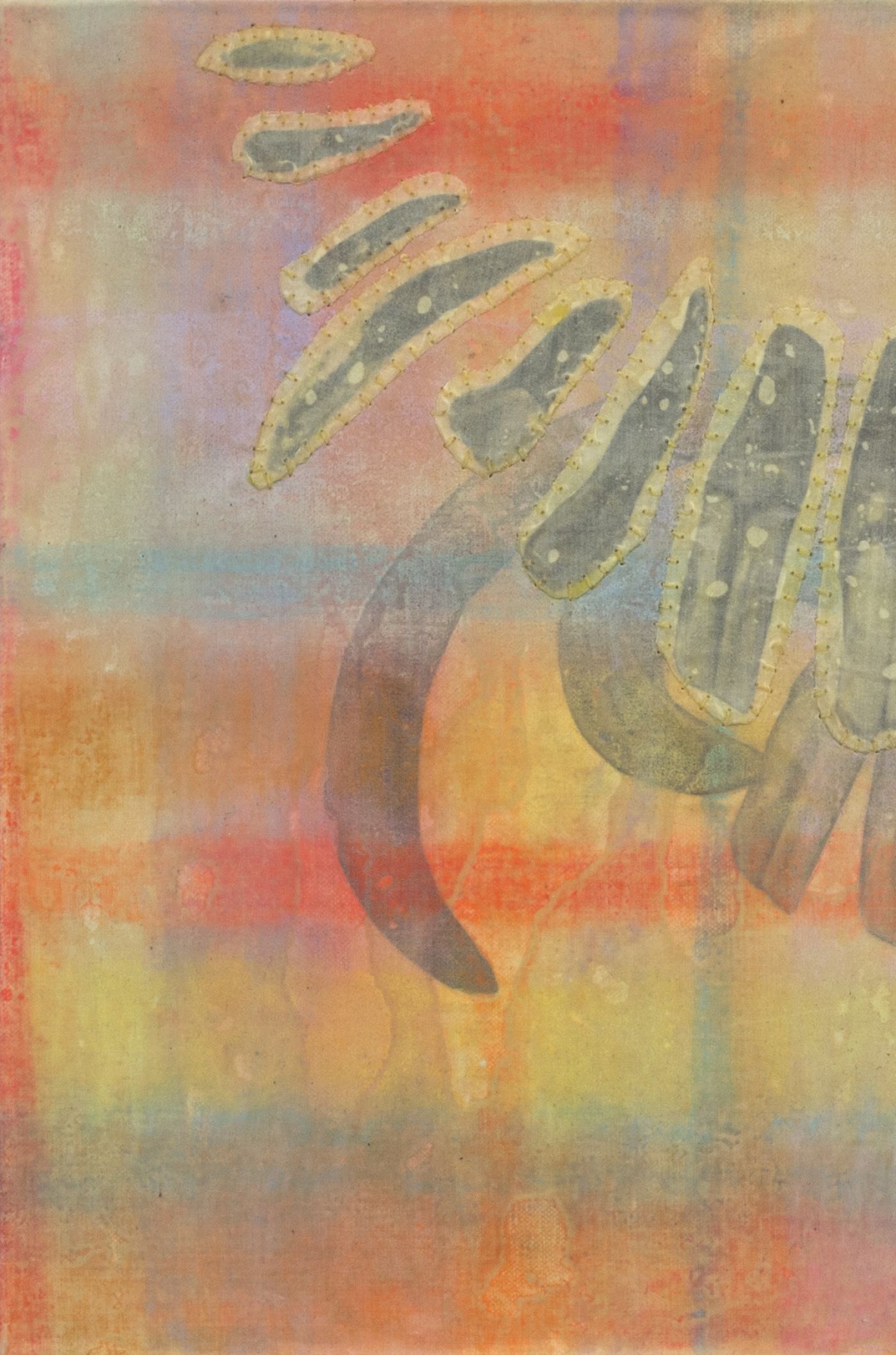
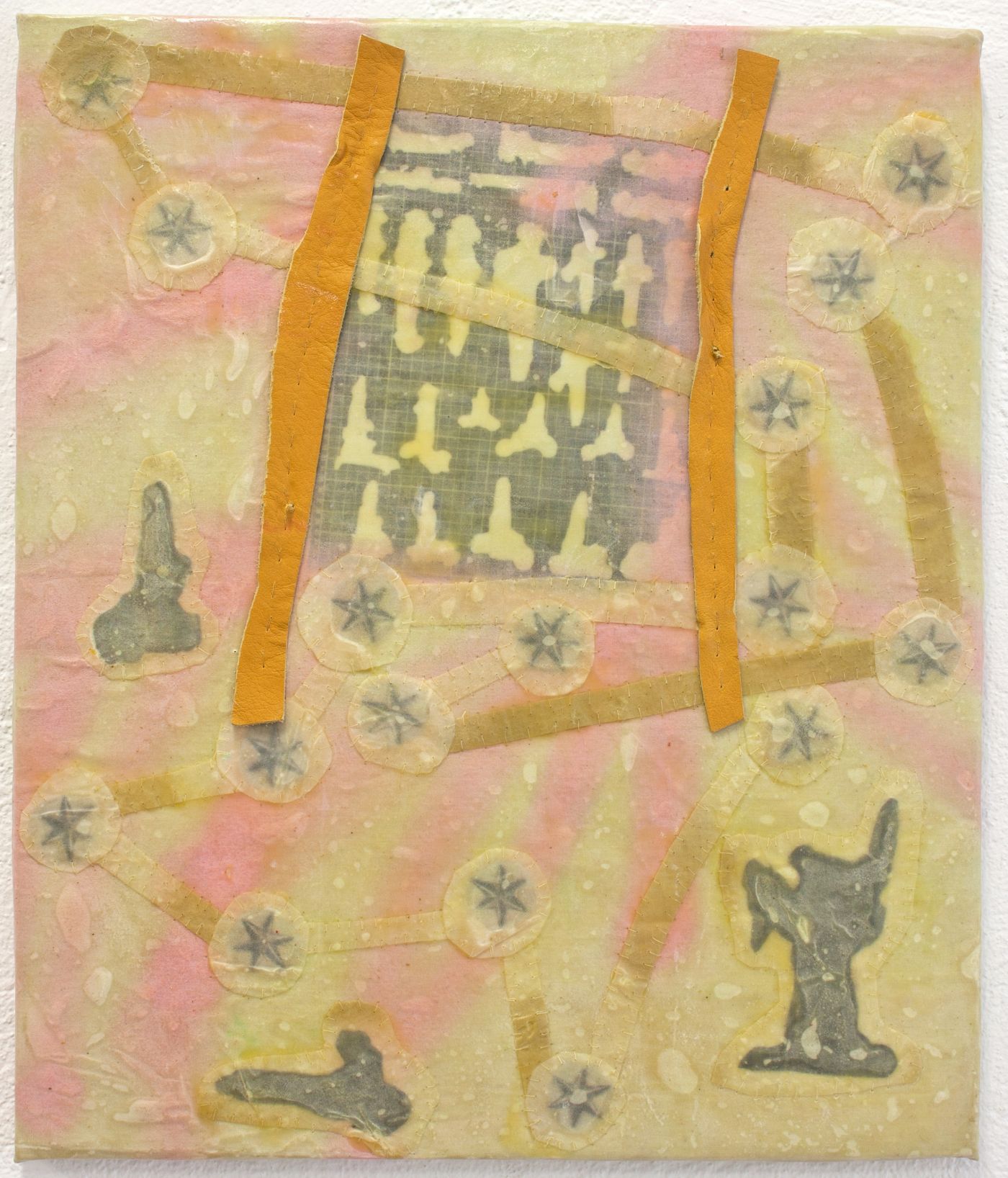
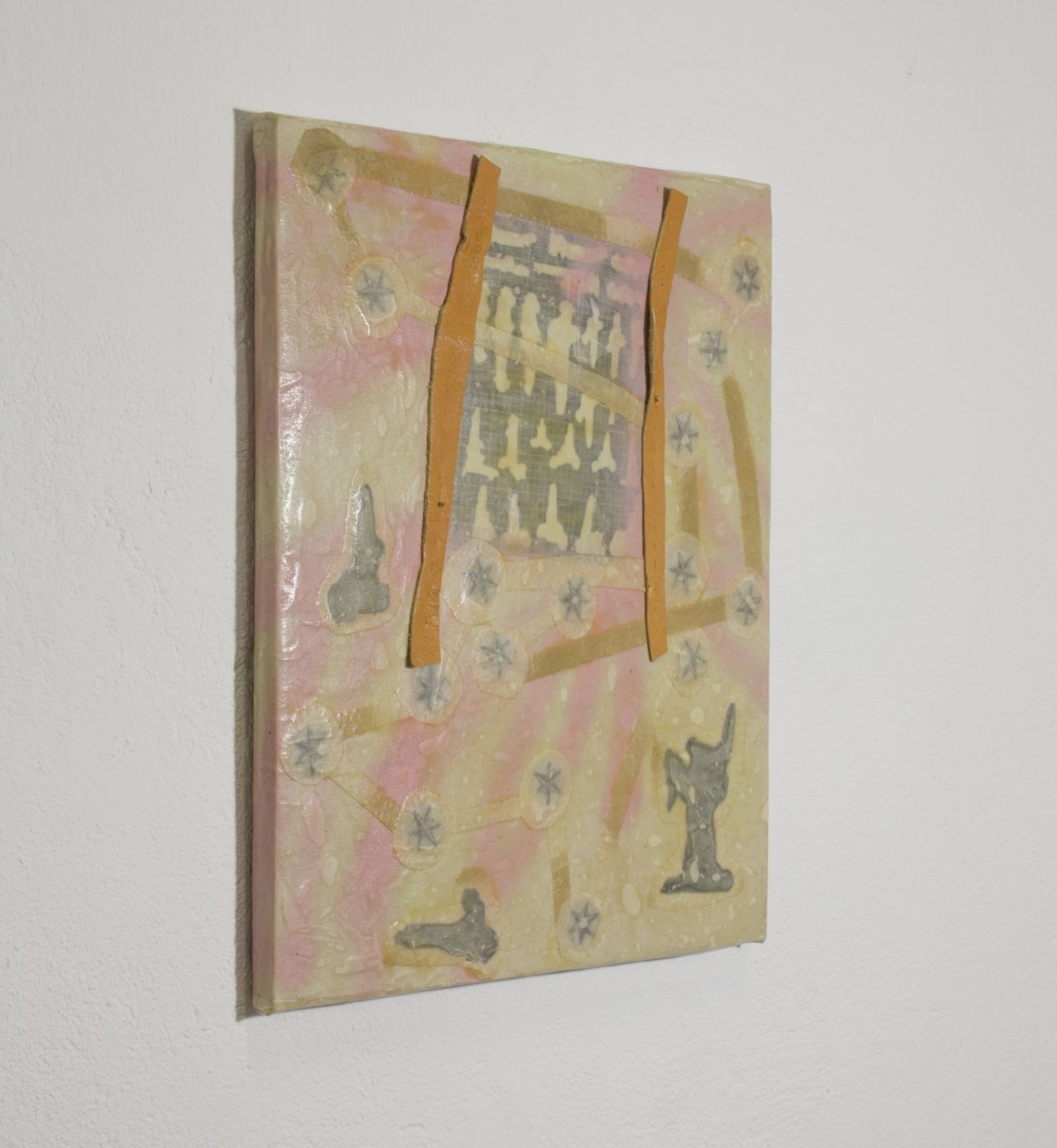
Mappe Altari (Altar Maps) and Mappe (Maps) are bodies of work which investigate maps as tools to explore non-physical places. These works are underpinned by an interest in the dynamics of ritual, the fetish object and the proximity of play and the sacred.

Sacrificial altars seemingly confine artefacts to a hierarchy. This hierarchy is subverted when these artefacts change material state: they liquify and burn. Images of Egyptian animal mummies are held in pockets of cotton treated with beeswax. Altar-like structures elevate them whilst the liquid they expel connects the artefacts back to the materials they are made out of: flesh and fur, or perhaps the materials discarded during the process of mummification.
